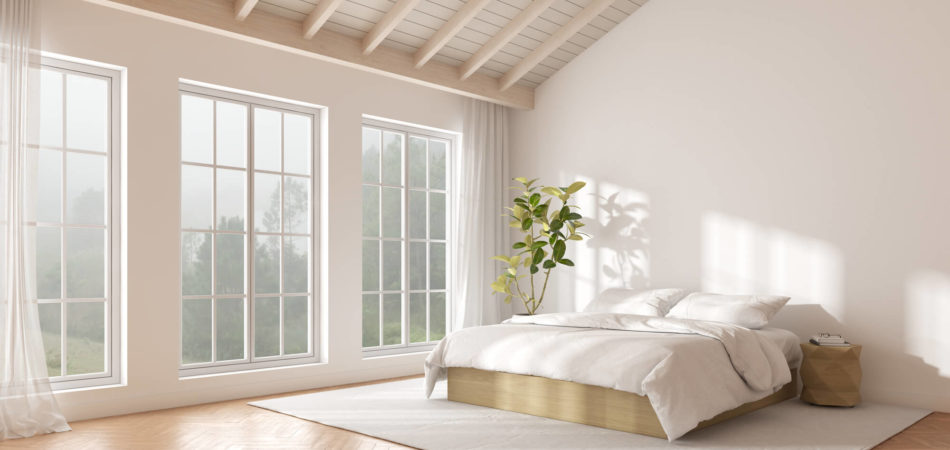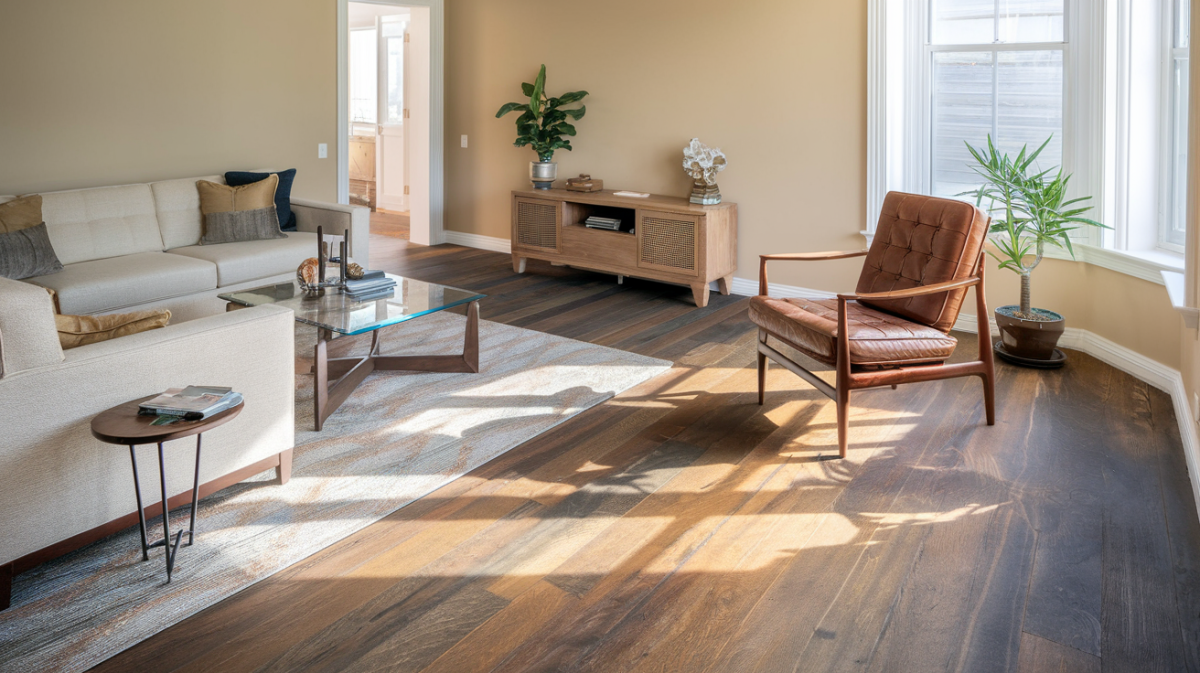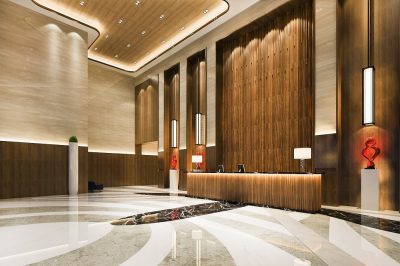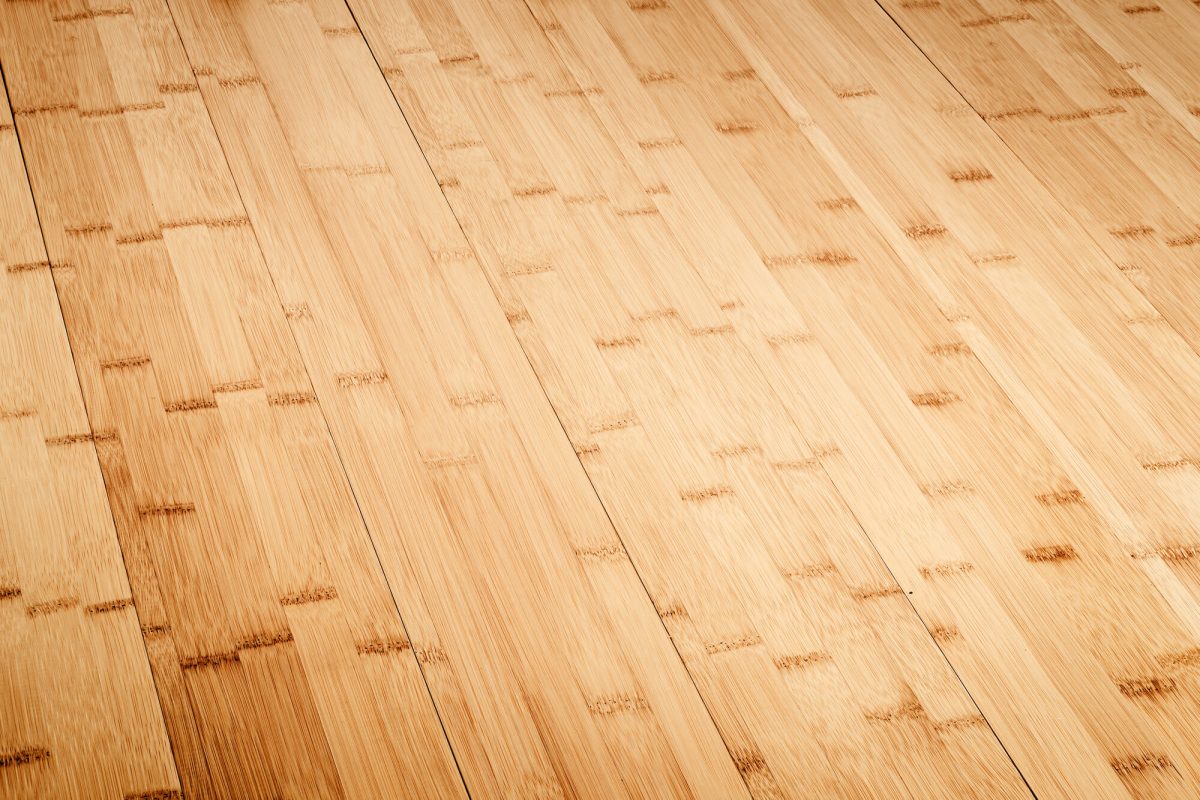Table of Contents
- Key Takeaways
- The Psychology of Space
- The Eye’s Deception
- Light and Space Perception
- Linear Illusions
- Mastering Flooring Color
- Light Tones
- Cool Hues
- Color Continuity
- Strategic Flooring Choices
- a. Plank Direction
- b. Plank and Tile Size
- c. Pattern Power
- d. Finish and Sheen
- e. Material Matters
- Let’s Make Your Room Look Bigger With The Right Approach
With the right flooring, you can create the illusion of space in small rooms. Be it light-colored wood, large tiles, or a diagonal pattern- any of these can definitely make a small room appear larger by reflecting more light and leading the eye. Using consistent flooring throughout the home avoids visual barriers, thereby making spaces seamless.
Key Takeaways
- By selecting the appropriate patterns, colors, and materials, you can give the illusion of an expanded space.
- Light colored flooring, like pale wood tones or neutrals, reflects natural light and makes the space brighter. Just pair it with light colored walls, and you’ve got that open feeling.
- Wide planks, oversized tiles, and linear patterns such as herringbone streamline visual lines, minimize clutter, and inject depth into tight rooms.
- By using similar colors between connecting rooms, you keep the flow of the house, and you don’t get that boxed-in feeling that sharp changes create.
- Luxury vinyl, hardwood, or laminate all provide durable, sleek finishes that help the eye see rooms as larger, while heavy carpeting shrinks them.
- Finishes play a key role, too. Glossy finishes magnify light and airiness, while matte finishes are most effective in bright rooms to cut glare.
The Psychology of Space

Flooring is one of the biggest means of experiencing and perceiving space. Even in small rooms, it gives much importance. Some techniques and visual tricks can get you into a situation where the sense of scale and expansiveness could be fooled. You can make small spaces feel big and open.
Flooring will do a lot for how we perceive and experience space, even in the smallest rooms. Using all sorts of techniques and visual tricks, you can create the illusion of larger spaces with that openness.
Patterns like diagonal installations can stretch the floor’s appearance, while herringbone designs add depth without overwhelming the space. It is extremely important to avoid complex, cluttered patterns-they invariably create chaos in small areas. Instead, use simplified designs, especially regular patterns, to balance things out.
-
Light and Space Perception
Light finishes like white or pale gray provide an excellent reflection of natural light, giving the illusion of increased airiness in small spaces. Glossy surfaces complement this even more by maximizing the brightness effect in rooms.
Dark flooring absorbs light and makes rooms feel smaller. Pairing light floors with walls painted in the same shades enhanced the seamlessness, making them feel more open. Neutral colors would offer the versatility to work with various styles while keeping the sense of spaciousness intact.
Wider and larger tiles cause the least visual clutter, providing a continuous flow. For example, planks aligned with the longest wall add to the visual elongation of the room, while unfettered flooring across doorways ties the space together. On the contrary, narrow planks or small tiles can sabotage the flow of a room and create feelings of fragmentation.
Mastering Flooring Color
The area where the flooring is a major factor in whether the room feels spacious or closed in is huge. Smart choice of shades can fool the eye into making what would otherwise be one of the smallest spaces seem airy and expansive.
Light Tones
Light floors, like light oak or pine, and light ash, create an atmosphere of airiness, since they reflect more light. Cream carpets and light laminate floors enhance this effect, especially in bedrooms or living areas. Dark colors, on the other hand, absorb light and can make a space feel very confining. To hold things harmonious, such light flooring should come with even more light furniture, such as white-washed oak with beige pieces.
Cool Hues
Cool shades of gray, blue, or taupe create calm, open spaces—ideal for small bathrooms or kitchens. Pairing these floors with light-colored walls enhances the airy, modern feel, making even compact rooms feel fresh and inviting.
Color Continuity
Consistent flooring colors across rooms increase flow and make the space feel larger. Any jarring colors disrupt visual continuity and compartmentalize spaces. So, in this case, light oak flooring, for example, throughout the living room and hallway creates smoothly flowing transitions. When flooring shares trim and wall colors, barriers to visual continuity dissolve, presenting a serene minimalist quality.
Strategic Flooring Choices

Flooring choices like plank direction, size, material, and finish greatly affect how spacious a room feels. With the right combination, even small rooms can appear bigger, brighter, and more welcoming.
1. Plank Direction
Plank direction shapes how spacious a room feels. Run planks lengthwise along the longest wall to visually stretch the space, or lay them diagonally for added depth. Avoid random layouts that can make rooms feel cramped or disorganized.
2. Plank and Tile Size
Wider planks or larger tiles minimize grout lines and create a cleaner, more open look. Small tiles or narrow planks can overwhelm compact areas, so keeping the right balance in scale is essential.
3. Pattern Power
Subtle designs such as chevron or herringbone add character without overwhelming. Line defines the directions and enhances the visual flow, while soft textures add depth. Stay away from patterns that are very complex since they may clutter a small area.
4. Finish and Sheen
Matte finishes tend to absorb glare in well-lit environments and create a subdued aesthetic, while high-gloss finishes are ideal for dimmer areas as they bounce off light. Matching the finish to the lighting creates a more harmonious, open feel.
5. Material Matters
Light hardwood or luxury vinyl tiles offer strength and an expansive look. Neutral tones like beige or very toned gray are great for flexibility, while lighter tones brighten up a room. The use of similar flooring across all spaces allows for seamless transitions and an open feel.
Let’s Make Your Room Look Bigger With The Right Approach
Flooring plays a big part in how spacious your home feels. Light colors, wider planks, and seamless patterns can transform even the smallest rooms into bright, open spaces.
Choosing the right flooring is about balancing beauty and practicality, creating a home that feels both stylish and comfortable. We at TurnKey Floorings are here to help you bring that vision to life. Call us today, and let’s create a space that feels bigger, brighter, and perfectly you.





 Turnkey Floorings
Turnkey Floorings  Oct 8, 2025
Oct 8, 2025 






